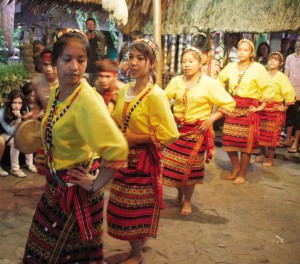
In connection with the yearlong commemoration of national heritage, and specifically May as Heritage Month, the culture of the Cordillera region— its intoxicating chants, songs and dances, beads, heirloom jewelry, gold and traditional tattoo art—was celebrated recently in Baguio City.
The event, the 4th Tam-awan International Festival, was held at Tam-awan Village (tamawan
[email protected]), a haven for the arts in this regional center of the Cordillera (tam-awan means vantage point in the Ibaloi language).
The event was spearheaded by the National Commission for Culture and the Arts ([email protected]) and its partner agencies.

There were lectures, workshops, art installations, sketching sessions, exhibits, performances, video presentations, and a fashion show of Cordillera accessories and native wear.
From North to South
Jordan Mang-Osan, installation artist and president of Chanum Foundation, which manages Tam-awan, said at the press conference that the number of participants increases every year, reaching 700 at one time during the festival. The participants this year came from all over—from Ilocos in the North to Iligan City in the South.
During the open forum, Mang-Osan was asked about allegations from one politician in Tacloban City, Leyte, that tattooing is unhealthy and disapproved by the Department of Health. He replied that traditional Kalinga tattooing is healthy because the tools are organic. “The ink is not man-made,” he said. “It comes from soot inside the pot and unlike modern needles, the needles or thorns come from the pomelo fruit.”
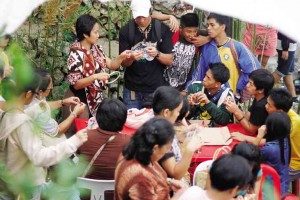
A special guest, South Africa Ambassador Agnes Nyamande-Pitso, said, “There are many similarities between South Africa and the Philippines in terms of wealth.”
And one similarity, it was later revealed during the lectures, is that the Philippines and South Africa are among the top leading producers of gold (reported or not, in the case of the Philippines).
Symbol of beauty
The tattooed Natty Sugguiyao said that in the olden days in Kalinga, “having a tattoo was a sign of a woman’s beauty and she was admired by brave men…”
And so today, she added, “I show my tattoos as a sign of pride in my identity, and these add to my beauty.”
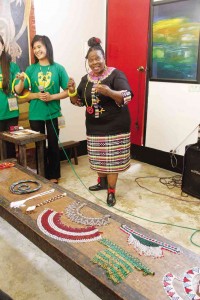
For the men, the tattoo was a symbol of bravery.
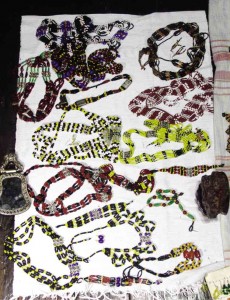
These days, however, Sugguiyao noted, “there is mixed reaction regarding tattooing among the youth and some consider it archaic and painful, a stigma.”
Priests also used to denounce the practice as “pagan.”
On the other hand, “heirloom beads are also disappearing,” said Mary Grace Pocais. “They were exchanged for diplomas, at one time used as money, and used to be traded for work animals like carabaos or for gold.”
These beads, she said, denoted social status, wealth, gender, age and religion among the Bontoc, Kalinga, Ifugao and Gaddang tribes.
Priestesses used them to heal, and also as decoration.
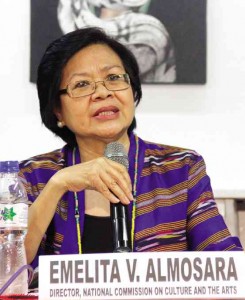
“The agates, from Vietnam and Cambodia, in Kalinga are most valuable and are 1,000 years old,” Pocais said. “And one piece of addongan is worth one carabao.”
The gold rush
“The Philippines has had a long affair with gold, long before Magellan got lost and landed in Cebu,” said Ayala Museum’s Kenneth Esguerra. “It was because of gold that we became Filipinos. There was an abundance of gold here.”
Thus, he said, “gold should continue to be extracted from the earth but with caution, because mining is very destructive.”
The caveat is that “there is a lot of illegal mining in gold in the Philippines,” Esguerra said. “Much of the gold harvested in the South is brought out of the country. And the Bangko Sentral has a policy of buying gold, no questions asked.”
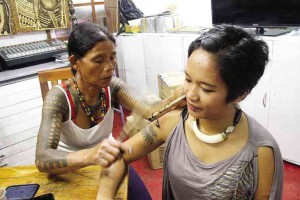
“Gold will always be gold across all generations,” he declared.
During the closing ceremonies, festival director Chit Asignacion summarized the objectives of the event: “I am not a Cordilleran, I am a Muslim, but we should be proud of our culture. We should not be ashamed of it.” And Cordillera art, the participants and visitors were told earlier, is found in many museums in the world.















































